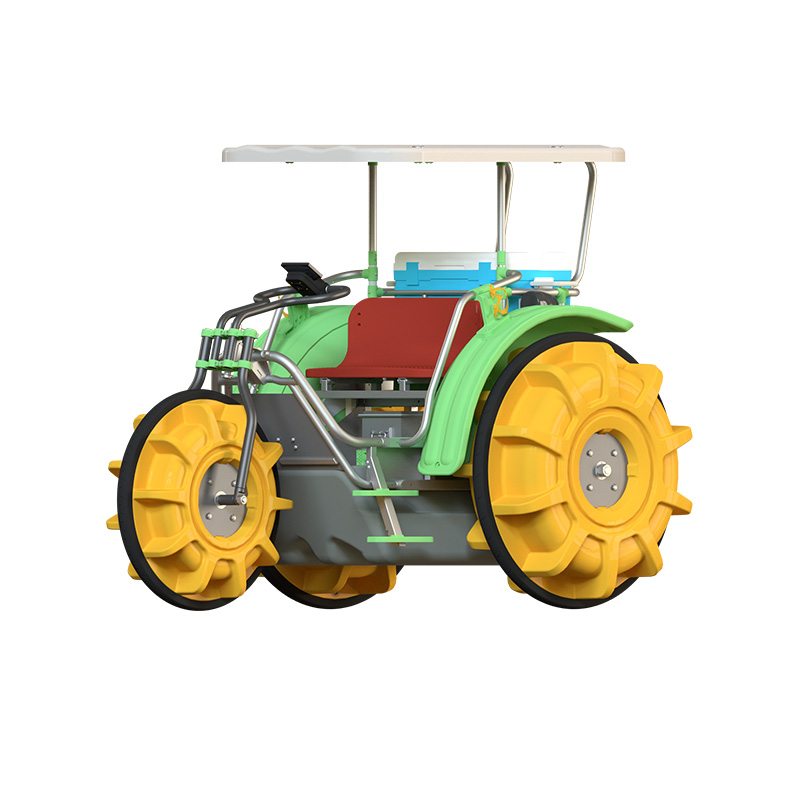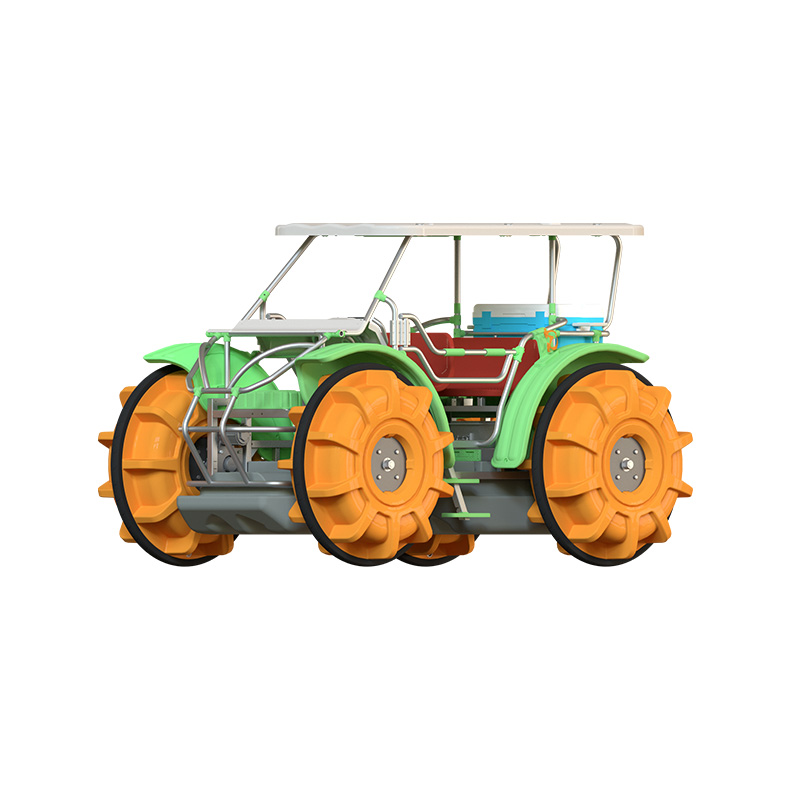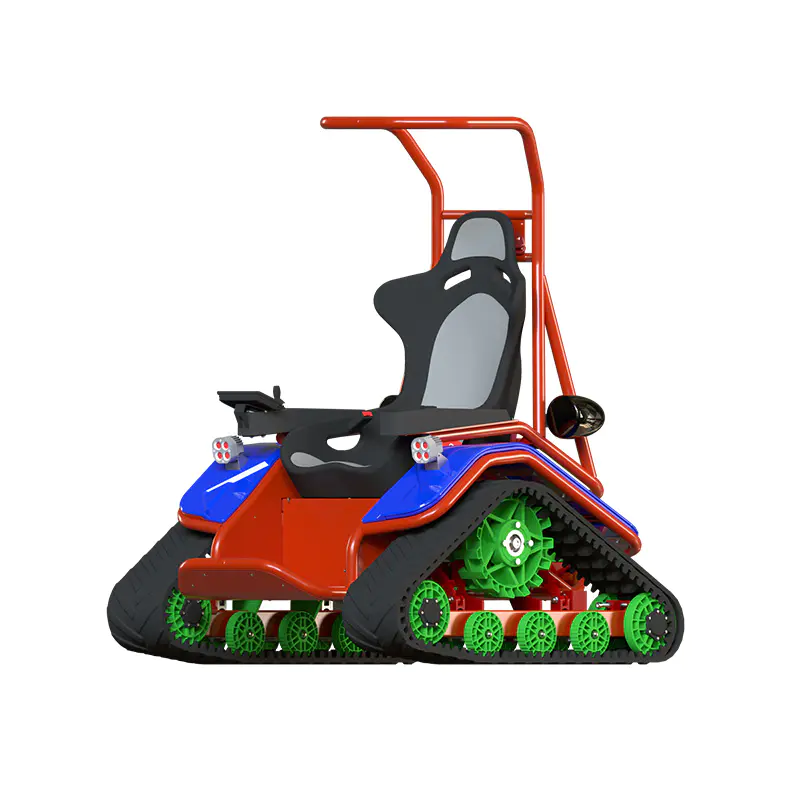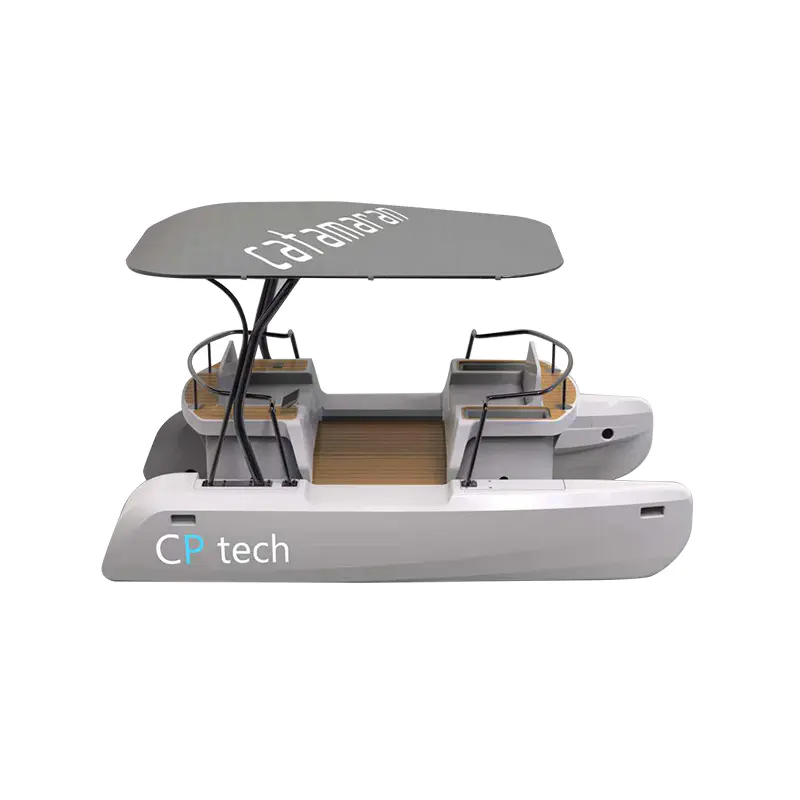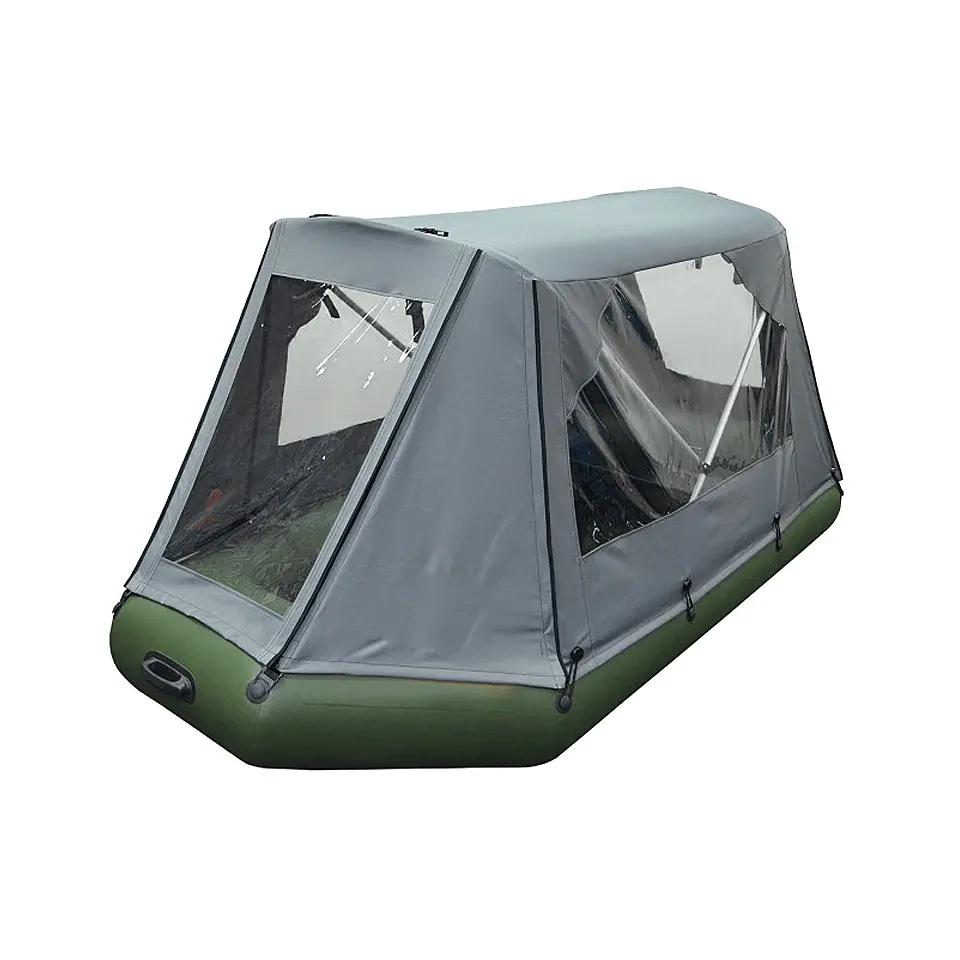Advantages of Portable Folding Camping Chairs
2025-04-18
One of the standout features of portable folding camping chairs is their compact and foldable design. These chairs can be easily collapsed and stored in small spaces, such as the trunk of a car or inside a camping bag. This makes them ideal for travelers who need to minimize their gear without sacrificing comfort. Whether you're heading to a remote campsite or just spending the day at the beach, these chairs can be folded up into a manageable size that fits into any car, camper, or RV.
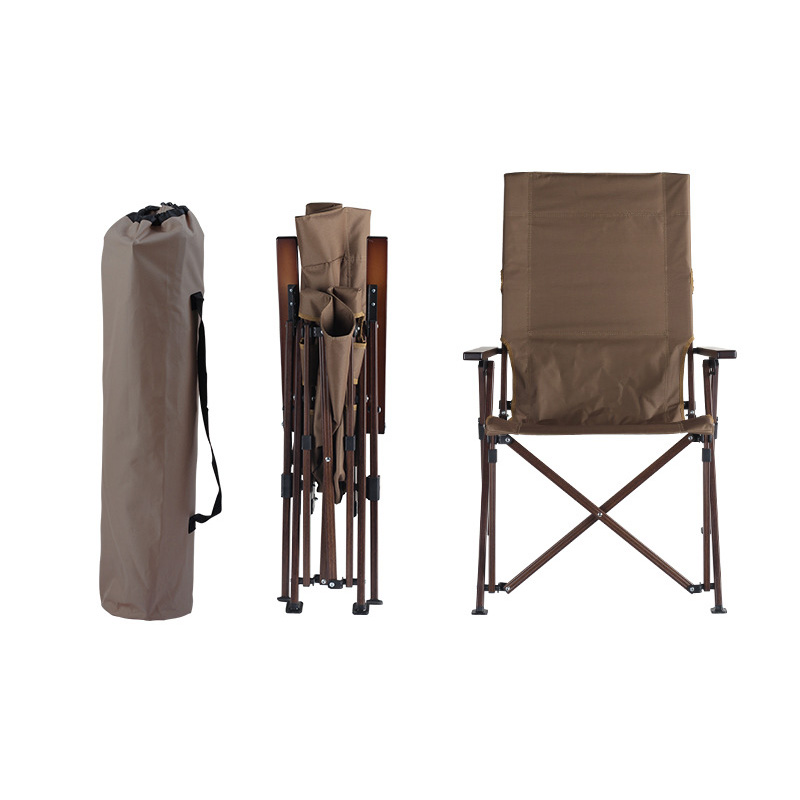
Despite their lightweight design, portable folding camping chairs are built to withstand the rigors of outdoor use. Many are constructed with strong, durable materials like steel frames and high-quality fabric, making them resistant to wear and tear. Many models are also equipped with reinforced joints and sturdy leg systems, ensuring they remain stable even on uneven ground. Whether you're sitting by a campfire, watching a sporting event, or taking a break during a hike, you can rely on these chairs to support you comfortably.
Although they are compact, portable folding camping chairs are designed with comfort in mind. Many models come with padded seats, armrests, and even cup holders, providing a more relaxed and supportive seating experience. Some chairs also offer adjustable backrests, allowing users to customize their seating position. These comfort-oriented features make portable folding chairs suitable for extended periods of sitting, whether you're enjoying a day at the beach, attending a festival, or relaxing at a campsite.
When choosing a waterproof outdoor beach tent, one of the important factors to consider is the material used in its construction. The right material not only ensures that the tent provides adequate protection from the elements but also contributes to its durability, weight, and ease of use. Several types of materials are commonly used in the construction of waterproof beach tents, each offering specific advantages for outdoor activities.
Polyester is one of the widely used materials for waterproof outdoor beach tents due to its durability, resistance to UV rays, and affordability. Polyester is lightweight and strong, making it an choice for beach tents where portability is key. To further enhance its waterproof properties, many polyester tents are treated with a polyurethane (PU) coating. This coating helps prevent water from seeping through the fabric, ensuring that users stay dry even during a light rain shower. The PU coating also improves the material's resistance to mildew, ensuring that the tent remains in good condition even when exposed to moisture for extended periods.
Another popular material used in waterproof outdoor beach tents is nylon, which is known for its strength and flexibility. Nylon is generally lighter than polyester and tends to be more resistant to tearing. To make nylon waterproof, it is often treated with silicone coatings. This coating provides an extra layer of protection against rain and water exposure. Silicone-coated nylon is highly durable, and the material remains flexible even in wet conditions, which is particularly important for tents that will be used near water, such as beach tents.
Ripstop fabrics, commonly made from nylon or polyester, are another option for waterproof beach tents. The term "ripstop" refers to the material's unique design, where stronger threads are woven into the fabric at regular intervals to prevent rips and tears from spreading. This is especially useful in outdoor environments, where the tent is more likely to encounter rough surfaces, sharp objects, or wind. Ripstop materials are often combined with waterproof coatings, making them both highly durable and water-resistant.
Using waterproof outdoor beach tent materials such as polyester, nylon, or ripstop fabrics ensures that the tent can stand up to the challenges of outdoor conditions. Waterproof coatings prevent rain from soaking through the fabric, keeping both the interior of the tent and the occupants dry. These materials also tend to be quick-drying, which is crucial for beach tents where moisture can linger for extended periods due to humidity and exposure to water.

 English
English  русский
русский  عربى
عربى 
